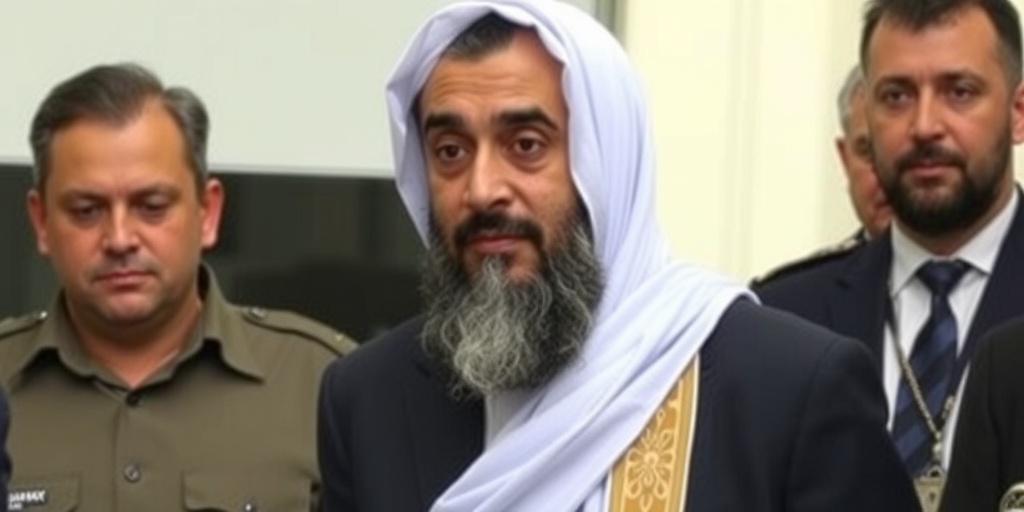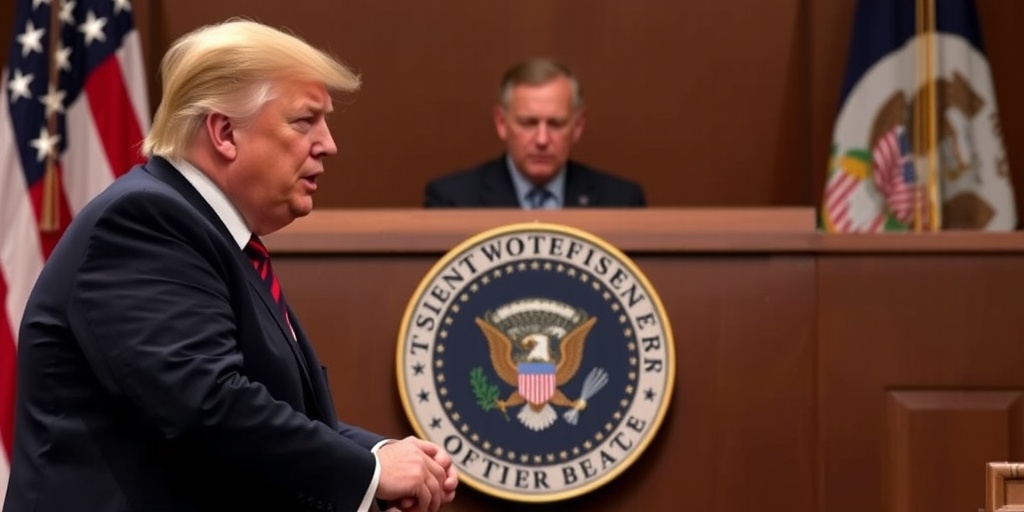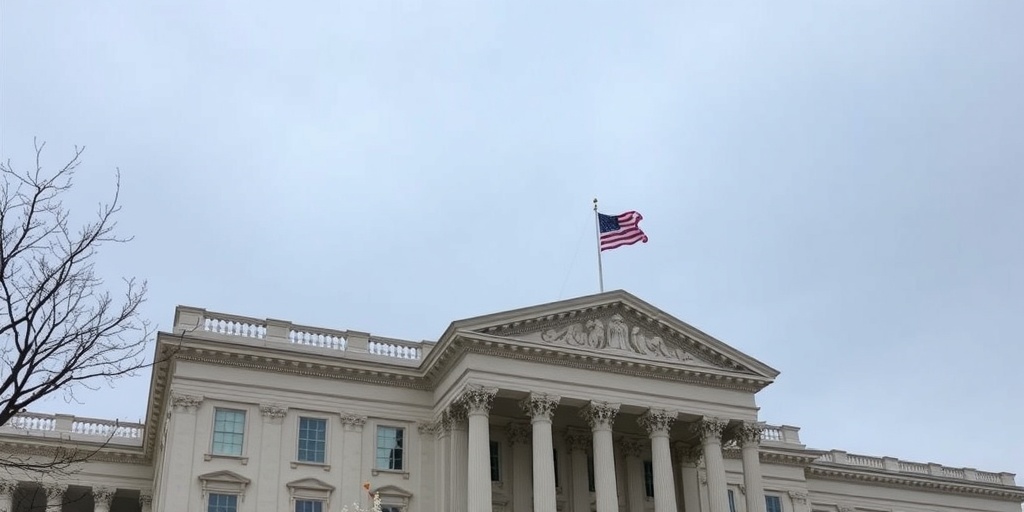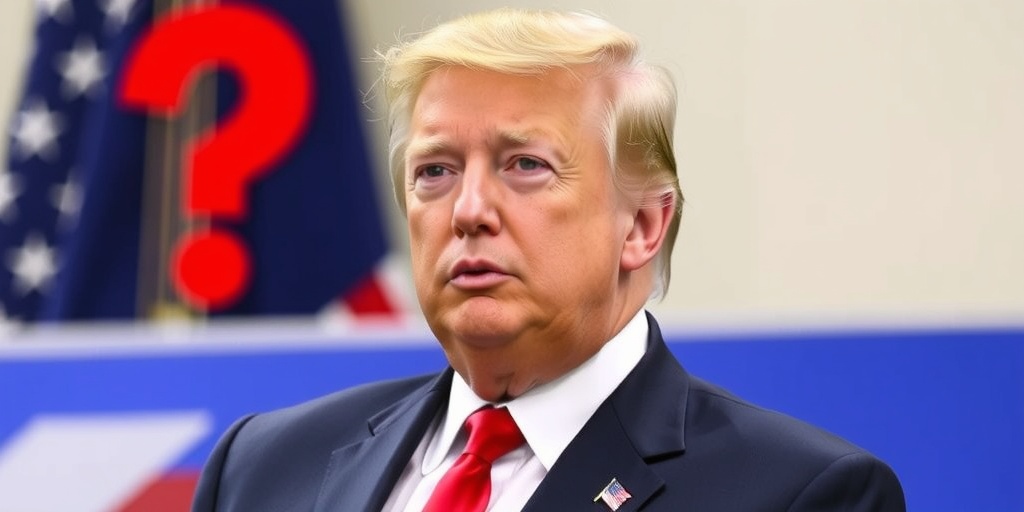Now Reading: Trump Announces ‘Direct’ Nuclear Talks Between U.S. and Iran
-
01
Trump Announces ‘Direct’ Nuclear Talks Between U.S. and Iran
Trump Announces ‘Direct’ Nuclear Talks Between U.S. and Iran
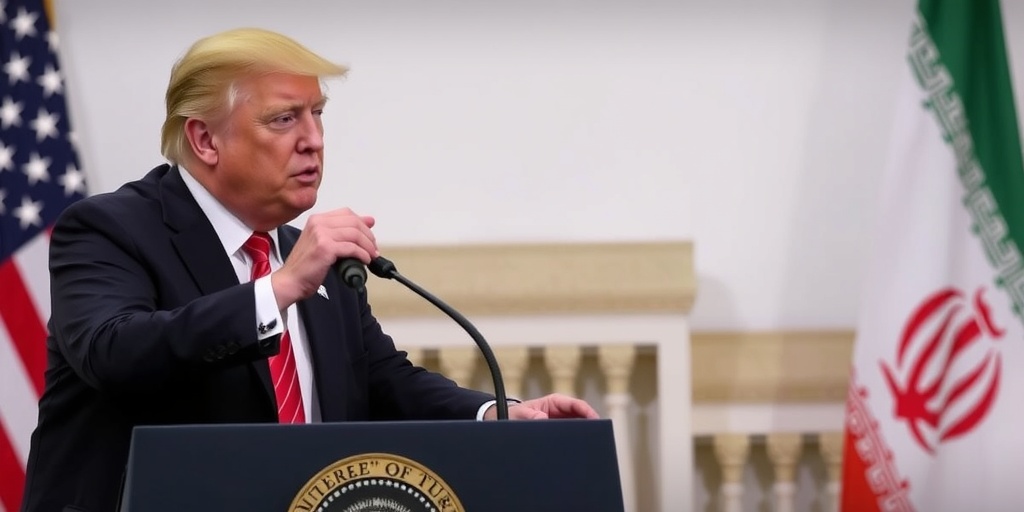
Title: U.S. to Engage in Direct Negotiations with Iran over Nuclear Program
In a significant diplomatic development, President Donald Trump announced on Monday that the United States plans to engage in direct negotiations with Iran about its nuclear program next Saturday. This move is being characterized as a last-ditch effort to rein in Iran’s nuclear ambitions, with Trump warning that Tehran could face "great danger" if a satisfactory agreement is not reached.
If these negotiations proceed, they will mark the first official face-to-face discussions between U.S. and Iranian officials since Trump withdrew from the Obama-era nuclear accord, known as the Joint Comprehensive Plan of Action (JCPOA), seven years ago. The talks come at a precarious time, as Iran’s air defenses around critical nuclear sites have reportedly been compromised due to precise strikes carried out by Israel last October. Additionally, Iran’s reliance on proxy forces such as Hamas, Hezbollah, and the ousted Assad government in Syria has waned, diminishing its ability to project power and threaten Israel.
After Trump’s withdrawal from the nuclear deal, Iranian Supreme Leader Ayatollah Ali Khamenei ordered a ban on direct negotiations with American officials over its nuclear program. Therefore, the prospect of face-to-face discussions represents a notable shift in diplomacy between the two nations. However, it is expected that Iran will resist dismantling its nuclear infrastructure. Currently, Iran possesses a "threshold" capability, allowing it to produce the fuel needed for a nuclear weapon within weeks and potentially complete the weaponization process in a matter of months. Given the serious military exchanges between Iran and Israel last year, many Iranians have expressed an increasing desire to develop a nuclear weapon for national defense.
During Trump’s remarks on Monday, Israeli Prime Minister Benjamin Netanyahu was present and stated that any potential agreement with Iran should adhere to what he referred to as the "Libya model." This model would entail Iran dismantling and removing its entire nuclear infrastructure from the country. However, it is worth noting that much of Libya’s nuclear enrichment equipment had not even been assembled by the time it was relinquished to the U.S. in 2003. In contrast, Iran’s nuclear apparatus has been operational for decades and is distributed across various locations in the country, with significant portions buried deep underground.
Interestingly, Netanyahu appeared unusually reticent during a prolonged Q&A session with reporters, a stark contrast to his more vocal previous visits to Washington. Following a few introductory comments, he remained mostly silent while Trump criticized European nations, accusing them of undermining U.S. interests, and he threatened further punitive tariffs on China unless it retracted its threat of reciprocal tariffs. Confusion surrounded Trump’s tariff strategy, leaving the audience uncertain if this was meant to serve as a permanent revenue source for the U.S. or simply a negotiating tool.
Despite the absence of a concrete commitment from Trump to eliminate the 17 percent tariff imposed on Israel, which is considered one of America’s closest allies, Netanyahu left the Oval Office without securing this pivotal request. This was one of his key objectives for the visit, alongside seeking additional military assistance in the ongoing conflict against Hamas in Gaza and potential military operations in the West Bank. However, there was little indication from their public remarks that Trump and Netanyahu had discussed joint military options aimed at Iranian nuclear facilities.
The President remarked, "I think everybody agrees that doing a deal would be preferable to doing the obvious." He added, "the obvious is not something that I want to be involved with, or frankly that Israel wants to be involved with, if they can avoid it." He expressed hope that the upcoming discussions would yield a positive outcome but acknowledged that the situation is becoming increasingly precarious.
Contrary to Trump’s confident announcements, three Iranian officials familiar with the discussions conveyed that the upcoming negotiations might not be as direct as the President presents. They stated that the understanding from Iran’s side is that initial talks in Oman would likely involve indirect negotiations, with each country’s negotiators situated in separate rooms while Omani diplomats relay messages between them. They emphasized, however, that Iran is open to direct negotiations with the U.S. if the indirect talks progress positively.
This approach draws parallels to indirect discussions conducted during the Biden administration, where European officials acted as intermediaries. Trump, to some extent, is dealing with the repercussions of a problem he initiated himself. The 2015 nuclear deal saw Iran export approximately 97 percent of its enriched uranium, yet it retained enough equipment and knowledge to rebuild its nuclear program swiftly after the U.S. withdrawal. Current assessments suggest that Iran possesses enough enriched fuel to potentially develop up to six nuclear weapons rapidly.
Timing is a contentious issue, as recent intelligence reports suggest that Iranian scientists might be seeking expedited methods to develop an atomic weapon. Trump has likely been briefed on these sensitive findings, which underscore the urgency surrounding the negotiations. Administration officials have indicated that they plan to avoid lengthy discussions with Tehran, setting the stage for an intense diplomatic engagement as the deadline approaches.
Stay Informed With the Latest & Most Important News
Previous Post
Next Post
-
 01New technology breakthrough has everyone talking right now
01New technology breakthrough has everyone talking right now -
 02Unbelievable life hack everyone needs to try today
02Unbelievable life hack everyone needs to try today -
 03Fascinating discovery found buried deep beneath the ocean
03Fascinating discovery found buried deep beneath the ocean -
 04Man invents genius device that solves everyday problems
04Man invents genius device that solves everyday problems -
 05Shocking discovery that changes what we know forever
05Shocking discovery that changes what we know forever -
 06Internet goes wild over celebrity’s unexpected fashion choice
06Internet goes wild over celebrity’s unexpected fashion choice -
 07Rare animal sighting stuns scientists and wildlife lovers
07Rare animal sighting stuns scientists and wildlife lovers














